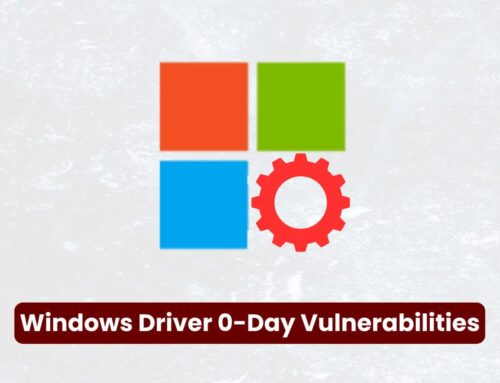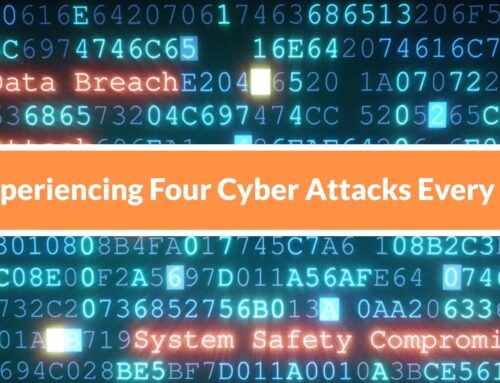
APT36 Hackers Attacking Indian Government Entities to Steal Login Credentials
The digital battleground intensifies as a cunning and persistent threat actor, the Pakistan-linked APT36 (also known as “Mythic Leopard” or “Operation Transparent Tribe”), sets its sights on Indian government entities. A sophisticated phishing campaign, first detected in early August 2025, has emerged, posing a significant risk to critical national infrastructure and the sensitive data it safeguards. This isn’t merely an inconvenience; it’s a direct assault on the integrity of government operations and the privacy of its personnel. Understanding the mechanics of this attack is paramount for robust defensive strategies.
APT36’s Phishing Modus Operandi
The core of APT36’s current campaign revolves around highly deceptive phishing tactics. Instead of overt malware delivery, their primary objective is credential harvesting – specifically, stealing login credentials from unsuspecting government employees. The sophistication lies in their ability to mimic legitimate platforms:
- Typosquatting: The attackers leverage typosquatted domains. These are domain names deliberately misspelled to closely resemble official Indian government login portals. For example, a legitimate domain like “government.in” might be mimicked by “goverment.in” or “gov-login.in”. This subtle alteration is often overlooked by busy users, making the phishing attempt highly effective.
- Credential Harvesting:** When a user navigates to one of these fake domains, they are presented with a convincing counterfeit login page. Unsuspecting individuals, believing they are on a legitimate government site, enter their email IDs and passwords. This sensitive information is then exfiltrated by APT36.
- Redirection to Replicated Pages: After credentials are stolen, victims are often redirected to additional counterfeit pages that accurately replicate the legitimate government portal’s appearance. This tactic serves two purposes: it maintains the illusion of legitimacy, preventing immediate suspicion, and can potentially be used to harvest further information or deliver additional malicious payloads in a multi-stage attack.
The Growing Threat of State-Sponsored Cyber Espionage
APT36’s activities are characteristic of state-sponsored cyber espionage. Their focus on government entities, coupled with sophisticated phishing techniques and an apparent interest in login credentials, suggests a mission to gain unauthorized access to classified information, intelligence data, or to disrupt government operations. The use of custom malware and zero-day exploits (though not explicitly mentioned in this particular campaign, it’s a common characteristic of APT groups) further underscores their advanced capabilities. The implications of successful breaches extend beyond data loss, potentially impacting national security, economic stability, and international relations.
Understanding Typosquatting and Its Dangers
Typosquatting, also known as URL hijacking, is a deceptive practice where threat actors register domain names that are slight variations of legitimate, popular websites. The intention is to capitalize on common typing errors or misspellings made by users. These spoofed domains are then used for malicious purposes, such as:
- Phishing: The most common use, as seen with APT36, to steal credentials or personal information.
- Malware Distribution: Hosting malicious software that automatically downloads onto a user’s system.
- Ad Revenue Generation: Directing users to spammy or advertisement-laden sites.
- Traffic Diversion: Rerouting legitimate traffic to competitor sites or propaganda platforms.
The danger lies in its simplicity and effectiveness. Users often operate under the assumption that they have typed correctly, making them highly susceptible to these subtle redirects.
Remediation Actions and Protective Measures
Defending against sophisticated phishing campaigns like those orchestrated by APT36 requires a multi-layered approach involving both technical safeguards and extensive user education. For Indian government entities, these measures are critical:
- Rigorous Employee Training: Conduct mandatory and recurring cybersecurity awareness training focused specifically on identifying phishing attempts. Emphasize the dangers of typosquatting, scrutinizing URLs, and the importance of never entering credentials on untrusted sites.
- Multi-Factor Authentication (MFA): Implement strong MFA for all government portals and sensitive systems. Even if credentials are stolen, MFA acts as a vital second line of defense, preventing unauthorized access.
- Email Security Gateways: Deploy advanced email security solutions capable of detecting and blocking known phishing domains, spoofed emails, and malicious attachments. These systems should leverage threat intelligence feeds to identify emerging threats.
- Domain Monitoring: Proactively monitor for typographical variations of official government domains. Register common misspellings of official domains to prevent adversaries from acquiring them.
- Browser Security Extensions: Encourage or enforce the use of browser extensions that warn users about suspicious or potentially malicious websites.
- Secure Browsing Habits: Promote the habit of bookmarking official login pages and always navigating directly to them, rather than clicking on links in emails, particularly for sensitive government services.
- Incident Response Plan: Maintain and regularly rehearse a robust incident response plan specifically for credential compromise scenarios. This includes protocols for password resets, system isolation, and forensic analysis.
- DNS Security: Implement DNS filtering solutions that block access to known malicious domains and employ DNSSEC to prevent DNS cache poisoning and other DNS-based attacks.
Key Takeaways for Enhanced Cyber Resilience
The APT36 campaign targeting Indian government entities is a stark reminder that cyber threats are constantly evolving. The cunning use of typosquatting underscores the need for perpetual vigilance and adaptable security strategies. Defending against these advanced persistent threats is not solely a technical challenge; it’s a human one. Empowering users with the knowledge to identify and report suspicious activities, combined with robust technical controls and a proactive security posture, forms the strongest defense against state-sponsored espionage and credential theft campaigns.





